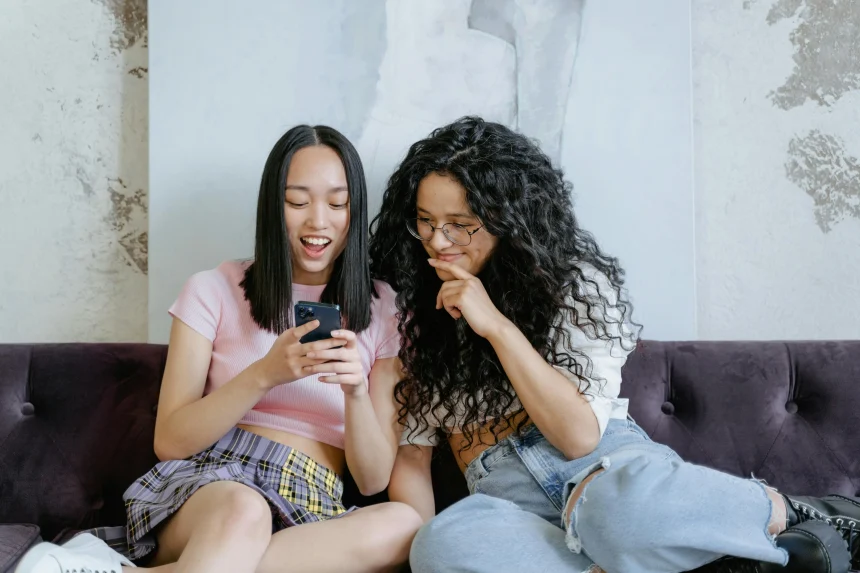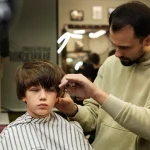Fashion has always played a significant role in novelas, helping to define characters, set trends, and reflect cultural shifts. Over the decades, black actresses in novelas have embraced various styles that mirrored broader societal changes and the increasing representation of Black women in the entertainment industry. From the classic elegance of the early days to today’s bold and trend-setting styles, Black actresses in novelas have consistently pushed the boundaries of fashion.
1950s-1960s: Classic Elegance and Modesty
In the 1950s and 1960s, Black actresses in novelas often wore modest yet elegant clothing. Fashion during this era emphasized femininity and sophistication, with fitted dresses, gloves, and stylish hats. Actresses like Cicely Tyson, who later gained prominence in film and television, embodied a graceful style that resonated with audiences. Though racial barriers limited opportunities, their presence in novelas signified the beginning of change in the industry.
Key Fashion Trends:
- Full skirts and cinched waists
- Modest blouses with delicate embellishments
- Soft, classic makeup with defined eyebrows
1970s: Embracing Afrocentric and Bold Styles
The 1970s were a transformative period for Black actresses in novelas. With the rise of the Black Power movement, natural hairstyles like afros became popular, and clothing choices reflected a newfound pride in African heritage. Novelas during this period saw actresses wearing bright colors, bell-bottom pants, and flowing kaftans. The evolution of Black women’s fashion during this time significantly influenced mainstream trends.
Key Fashion Trends:
- Wide-legged pants and jumpsuits
- Bold prints and Afrocentric patterns
- Natural hairstyles and statement jewelry
1980s: Glamour and Power Dressing
The 1980s were all about excess and glamour. Novela actresses embraced the power-dressing trend, with shoulder pads, sequins, and dramatic hairstyles taking center stage. Shows featured Black actresses in elegant evening gowns and sophisticated workwear, reflecting the decade’s emphasis on confidence and success.
Key Fashion Trends:
- Power suits with structured shoulders
- Metallic fabrics and bold accessories
- Voluminous hair with curls and waves
1990s: Minimalism and Casual Chic
The 1990s marked a shift toward minimalism in novelas. Actresses embraced simpler, more casual looks while still maintaining a sense of sophistication. Denim became a staple, and slip dresses gained popularity. The era also saw an increase in representation, with more diverse stories featuring Black actresses in leading roles. Black actresses in novelas gained more visibility, setting new fashion trends.
Key Fashion Trends:
- Slip dresses and casual denim
- Neutral tones and minimal accessories
- Box braids and sleek hairstyles
2000s: Trendsetting and Global Influence
With the rise of globalization and the internet, novelas began incorporating global fashion trends. Black actresses showcased a mix of high fashion and street style, blending designer pieces with everyday wear. The influence of hip-hop and R&B culture was evident in their wardrobe choices, with oversized sunglasses, low-rise jeans, and designer handbags becoming must-have items.
Key Fashion Trends:
- Designer logos and high-end streetwear
- Bold makeup and glossy lips
- Layered outfits with statement belts
2010s-Present: Diversity, Boldness, and Cultural Pride
In recent years, Black actresses in novelas have embraced more diverse and inclusive fashion styles. Actresses proudly wear natural hairstyles, African-inspired prints, and body-positive clothing that celebrates individuality. Representation has improved significantly, allowing Black actresses to showcase their heritage and personal style on screen. Fashion in novelas today is about breaking stereotypes and embracing authenticity. The history and impact of Black characters in soap operas have contributed significantly to this evolution.
Key Fashion Trends:
- Natural hair movement and protective styles
- Sustainable and inclusive fashion
- Blending traditional and modern styles
Conclusion
From classic elegance to bold and trend-setting looks, Black actresses in novelas have significantly influenced fashion trends. These actresses have not only shaped on-screen fashion but have also contributed to the broader conversation about diversity and representation in media. As representation continues to grow, what new fashion milestones will the next generation of Black novela actresses set?





